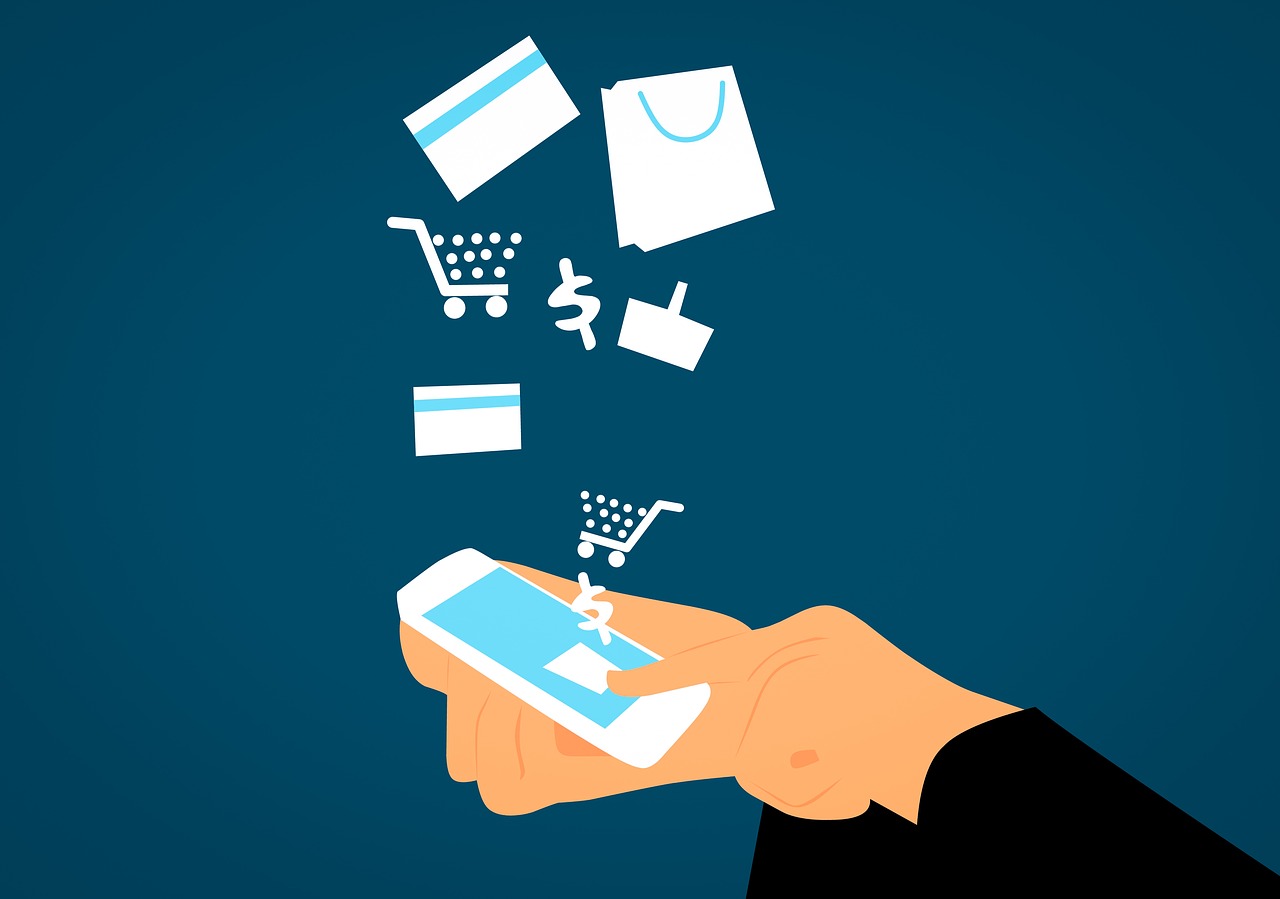Little treats: 52% of Gen Z Canadians Admit to Self-Gifting During the Holiday Season
Gen Z is also the only generation planning to spend more on holiday shopping this year compared to last. Ecommerce marketing company Omnisend surveyed 1,000 Canadian adults about their holiday shopping plans and found that 52.3% of Gen Z...

Gen Z is also the only generation planning to spend more on holiday shopping this year compared to last.
Ecommerce marketing company Omnisend surveyed 1,000 Canadian adults about their holiday shopping plans and found that 52.3% of Gen Z are buying gifts for themselves when holiday shopping — four times the number for Baby Boomers (13%).
Apart from parents (81.2%), siblings (64.4%), friends (53.7%), and spouses (43%), fifth on the Gen Z gifting list this year are pets, with 19.5% planning to surprise their furry friends.
“Gen Z’s tendency to buy gifts for themselves is part of the broader
“little treats”trend we’ve seen emerge on social media, where consumers regularly buy themselves treats such as fancy coffee or skincare products,” says Greg Zakowicz, senior ecommerce expert at
Omnisend.
“In general, we’ve seen a deeper shift in consumer values toward self-care and personal fulfillment, and the holiday season isn’t an exception. Retailers have a great chance to cash in on this by offering ‘buy one, get one free’ deals, or even entire collections under a ‘Treat Yourself’ theme.”
The only generation spending more than last year
Omnisend’s survey also revealed that Gen Z is the only generation in which the majority are planning to spend more on gifts than they did last year (50.3%). For Millennials (25.9%) Gen X (18.9%), and especially Baby Boomers (9.9%), their budgets are mostly shrinking or staying the same.
Canadian Gen Z’s spending habits extend to group gift exchanges like Secret Santa, where 39.2% admit to exceeding the set budget — more than twice the rate of Gen X and Baby Boomers. The majority of Gen Z respondents (50.9%) say they overspend because the budget isn’t sufficient for a nice enough gift, a further 38% want to ensure they give the best gift in the group.
“Even though our survey has shown that Gen Z still has the lowest overall gifting budget out of the cohort, 54.2% of Gen Z respondents say they’ve increased their budgets by at least 20% from last year,” says
Omnisend’sGreg Zakowicz.
“Quickly, they are becoming an economic powerhouse that would be unwise to ignore. In fact, they are on track to surpass baby boomers in the workforce and are expected to carry
$12T in spending power by 2030globally.”
How to market to Gen Z
As Gen Z becomes a dominant force in the consumer market, understanding their unique preferences and behaviors is crucial for brands looking to capture their attention. Below, Greg Zakowicz lists some pointers to tap into Gen Z consumers:
1. Tap into self-care. Offer “Buy One, Gift One” promotions that encourage shoppers to treat themselves while buying gifts for others or create in-store or online collections under themes like “Treat Yourself.”
2. Leverage social media and influencers. Utilize platforms where Gen Z spends their time, like TikTok, Instagram, and YouTube. Partner with influencers who resonate with Gen Z, especially micro-influencers, to create engaging and targeted content.
3. Personalize the shopping experience. Offer personalized recommendations and customized offers based on individual preferences and shopping behaviors. Make Gen Z feel valued with tailored experiences.
4. Highlight Competitive Advantages. Emphasize your value-for-money propositions and showcase fast and reliable shipping options to meet Gen Z’s expectations for affordability and quick gratification.
Methodology
The survey was commissioned by Omnisend and conducted by Cint in November 2024. A total of 4,000 respondents were surveyed across 4 countries – US, UK, Canada, Australia. Quotas were placed on age, gender, and place of residence to achieve a nationally representative sample among users. The margin of error is +/-3 percent.

 JimMin
JimMin 































